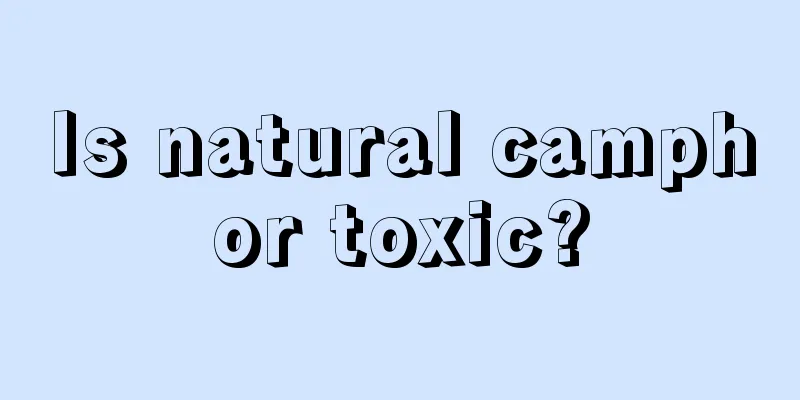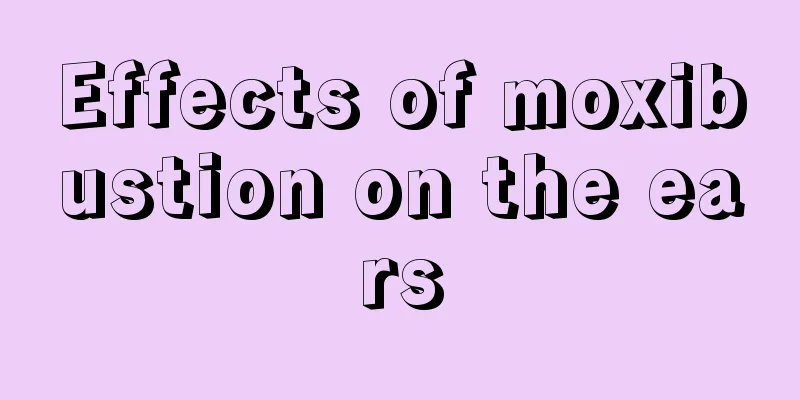Is natural camphor toxic?

|
I believe that as soon as the cold autumn and winter arrive, many friends will take out some thicker clothes from the bottom of the wardrobe. We can also see some natural camphor wrapped in the clothes. These camphors have a good effect in repelling mosquitoes and insects, which can prevent these heavy clothes from being damaged by insects. But is natural camphor poisonous? In response to this question raised by everyone, please join me in learning the following content. It is harmless, but if it is not natural mothballs, it will be very harmful to the human body. Natural mothballs are mainly extracted from the leaves of camphor trees, and the price is relatively high. Currently, less than 20% of mothballs on the market are purely natural. Mothballs should not be used on the clothes of young children and pregnant women. It is also best not to wear underwear or other close-fitting clothing to avoid irritation. There are two types of mothballs: natural mothballs and synthetic mothballs. Most mothballs containing naphthalene are white, have a pungent smell, and sink in water; while natural mothballs are smooth, colorless or white crystals with a fragrant smell and float in water. Natural mothballs used to prevent insects, moths and mildew are also called stinky beads. They were originally aromatic organic compounds extracted from the branches and leaves of the camphor tree. Synthetic mothballs containing naphthalene or paradichlorobenzene have a pungent smell. Dichlorobenzene is toxic and can cause symptoms of poisoning in humans, such as fatigue, dizziness, headache, diarrhea, etc. More than 80% of the mothballs currently sold on the market contain naphthalene or paradichlorobenzene to varying degrees, and less than 1/6 of the products are printed with "Absolutely free of naphthalene and paradichlorobenzene, safe, highly effective, non-toxic and harmless to the human body". Therefore, when purchasing moth repellent, you must pay attention to the ingredients marked on the packaging bag and never ignore The mothballs commonly found in supermarkets have four active ingredients: natural camphor, synthetic camphor, naphthalene, and dichlorobenzene. The latter two are somewhat toxic, but because of their low prices, they are still available in large quantities on the market. More than 80% of mothballs are not natural. Dong Jinshi, a food safety and environmental expert and secretary general of the International Food Packaging Association, also pointed out that non-natural mothballs are an organic compound containing polycyclic aromatic hydrocarbons. They are a composite product with a relatively complex composition, including naphthalene. Non-natural mothballs themselves have a smell, and naphthalene will evaporate at room temperature, causing harm to the human body. I believe that through our learning above, most of our friends have their own unique insights and more standard answers on whether natural camphor is poisonous. Of course, I would like to remind everyone that natural camphor contains a lot of chemical substances, so it can achieve a good insect repellent effect. Therefore, friends must pay attention to some taboos when using natural camphor to avoid accidents. |
>>: Is a rusty iron pan poisonous?
Recommend
Don't you need to wash your face before using the spray?
There are many kinds of cosmetics nowadays, and t...
What causes itching on the body?
After the beginning of summer, as the temperature...
The value of paper mulberry
Many people may not know about the Paulownia tree...
Did my mother inherit lung cancer?
Did my mother inherit lung cancer? In recent year...
How to wash spicy crayfish?
The protein content in crayfish is quite high, ac...
What are the methods for making ground soap
The production process of ground soap is very com...
Let’s learn about the prevention of gastric cancer
It is beneficial for everyone to know about the p...
Five magical fruits can prevent breast cancer
Breast cancer has topped the list of female cance...
Extraction of maxillary wisdom teeth
Most people's wisdom teeth grow on the upper ...
Prostate foot reflexology area
As we all know, there are a large number of acupo...
Why did the scab on the misty eyebrow become thinner
Modern women are not only busy with work, but als...
What are the functions of RNA polymerase
What are the functions of RNA polymerase? This is...
What should I do if my canvas shoes rub my feet on both sides?
Canvas shoes are very comfortable and good-lookin...
Immune balance therapy
Immune balance therapy is a widely used treatment...
What are the disadvantages of tourmaline steaming?
We all know that tourmaline steaming has many ben...









